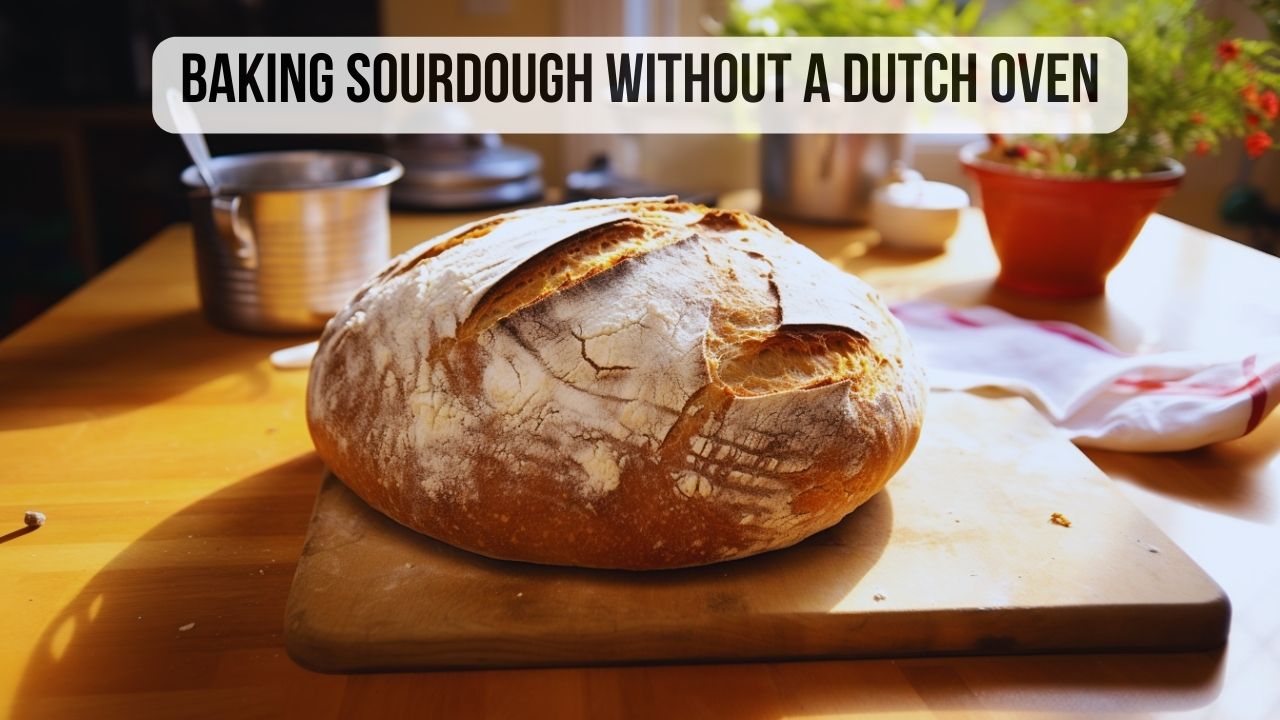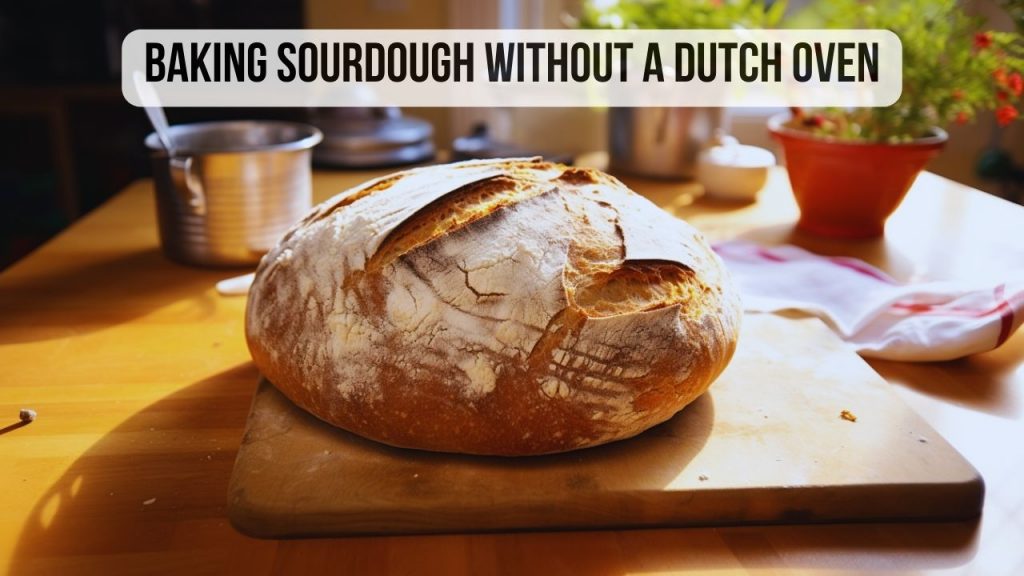
Sourdough bread has gained immense popularity for its distinct flavor and chewy texture. While many sourdough recipes recommend using a Dutch oven for baking, not everyone has it in their kitchen.
The good news is that you can still achieve fantastic results without a Dutch oven. Being a chef for ten years has taught me to learn alternative cooking methods without certain cookware. In this article, I will discuss alternative cooking methods for baking sourdough bread at home.
Sourdough Bread Ingredients
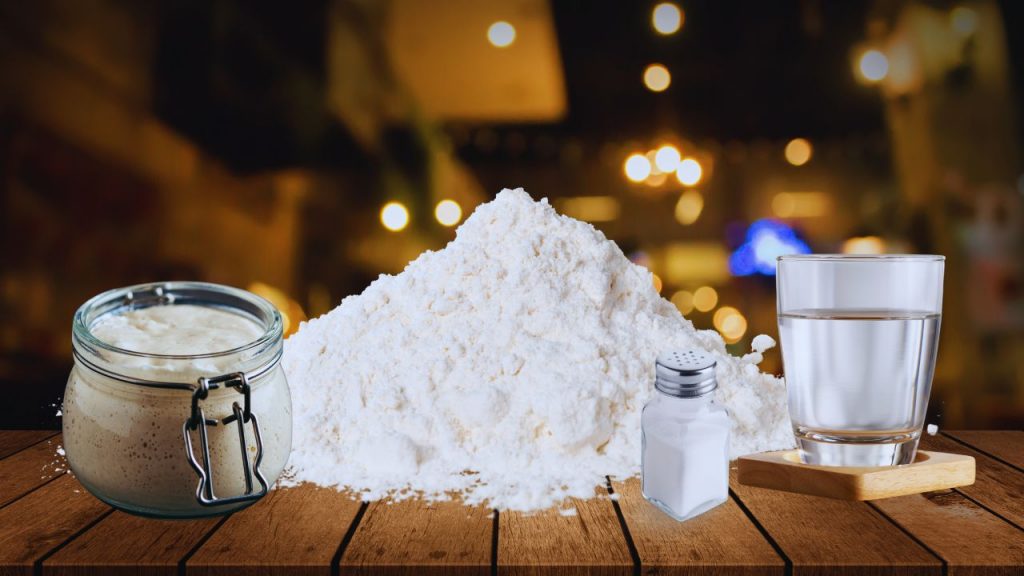
Before we go into the baking process, let’s review the essential ingredients you’ll need for your sourdough bread:
- Sourdough Starter: The heart of any sourdough recipe, your starter adds flavor and helps the bread rise.
- Flour: Use high-quality bread flour for the best results.
- Water: Filtered or tap water works fine. Just make sure it’s not chlorinated.
- Salt: This ingredient helps in enhancing the bread’s flavor and controls fermentation.
- Optional Ingredients: To customize your loaf, you can add seeds, nuts, or dried fruits.
Alternative Baking Methods
Baking Stone or Pizza Stone
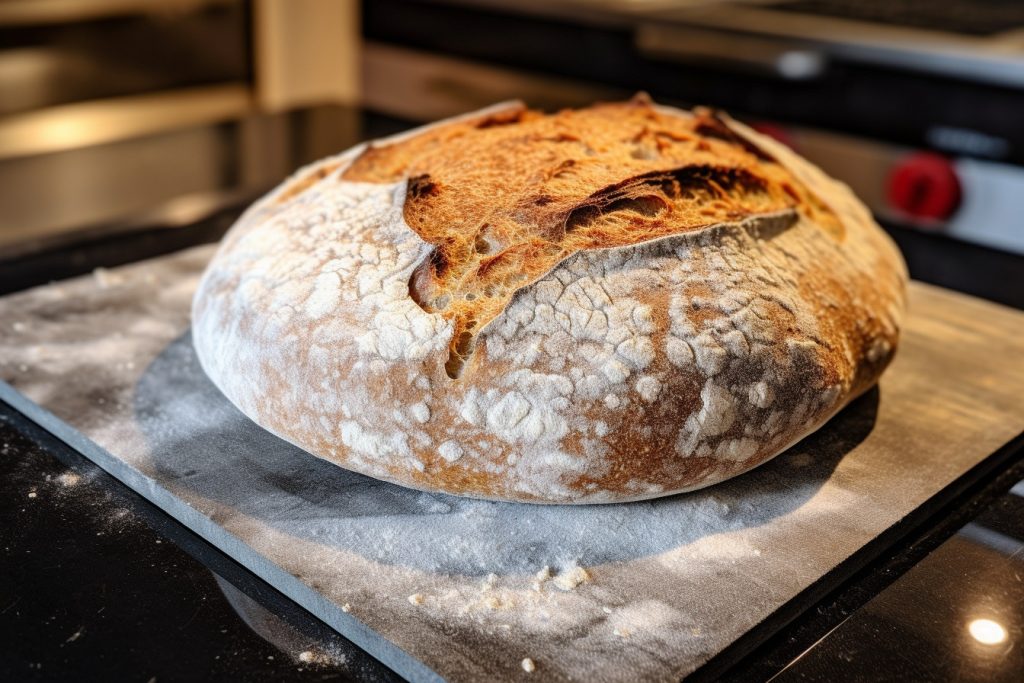
Steps:
- Preheat your oven: Place the baking stone on the center rack and preheat your oven to the desired temperature, usually around 450°F (232°C).
- Shape your dough: After the final proof, shape it into a round or oval shape. Then, place it on a piece of parchment paper.
- Slash the dough: Score the top of your dough using a sharp knife to allow for controlled expansion during baking.
- Transfer to the stone: Carefully transfer the parchment paper and dough onto the preheated baking stone.
- Bake with steam: Create steam in your oven by putting a pan of water on the bottom rack. This helps to develop a crisp crust.
- Monitor and cool: Let it bake and monitor the color of the crust. Once done, cool the bread on a wire rack.
Cast Iron Skillet
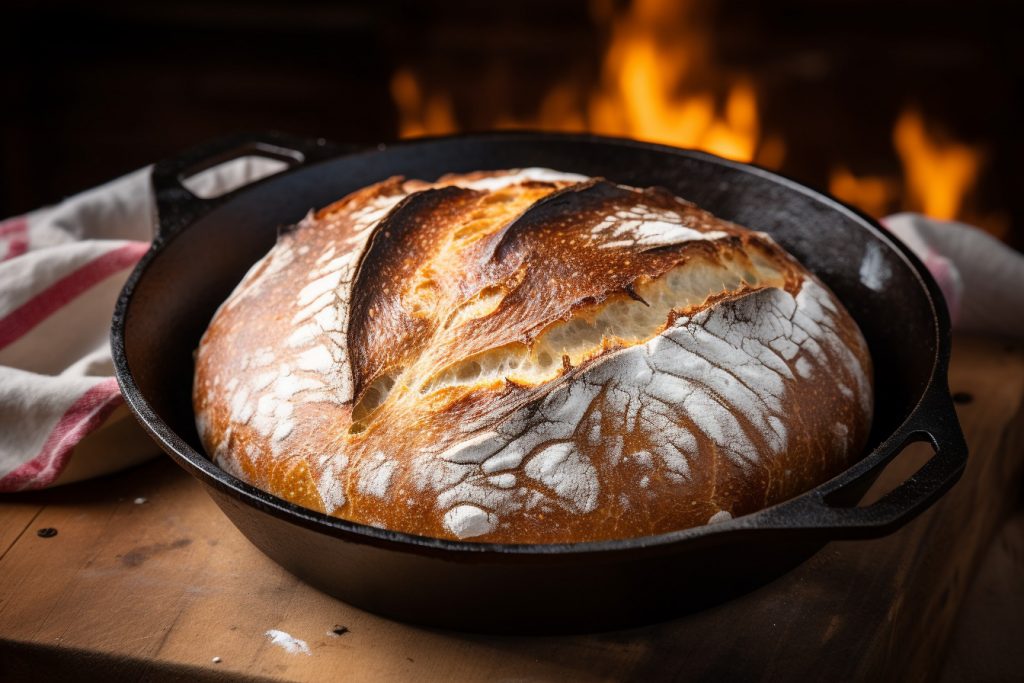
Steps:
- Preheat the skillet: Preheat your oven with the cast iron skillet inside. Aim for a temperature around 450°F (232°C).
- Shape your dough: After the final proof, shape your dough and place it on a piece of parchment paper.
- Score the dough: Use a sharp knife to score the top of the dough.
- Transfer to the skillet: Carefully transfer the parchment paper and dough into the preheated cast iron skillet.
- Bake with steam: Place a pan of water on the bottom rack to create steam, which contributes to a crispy crust.
- Monitor and cool: Bake until your bread achieves the desired color, then let it cool on a wire rack.
Why Is It Best To Use Dutch Oven For Making Sourdough

While achieving excellent results without a Dutch oven is possible, many people prefer using a Dutch oven for several compelling reasons.
The Dutch oven creates a controlled environment for baking bread, offering benefits that lead to a superior loaf. Here’s why many bakers swear by using a Dutch oven:
Steam Retention
One of the key benefits of a Dutch oven is its ability to retain steam during the initial stages of baking.
Steam is crucial for the development of a crispy crust on the bread. The enclosed environment created by the Dutch oven traps the moisture released from the dough, allowing the bread to expand and develop a beautiful, artisanal crust.
Even Heat Distribution
Dutch ovens retain and distribute heat well. The thick walls and heavy lid help maintain a consistent temperature inside the pot. It ensures that the bread bakes evenly. This uniform heat distribution promotes a well-developed crumb structure and a golden-brown crust.
Professional Results
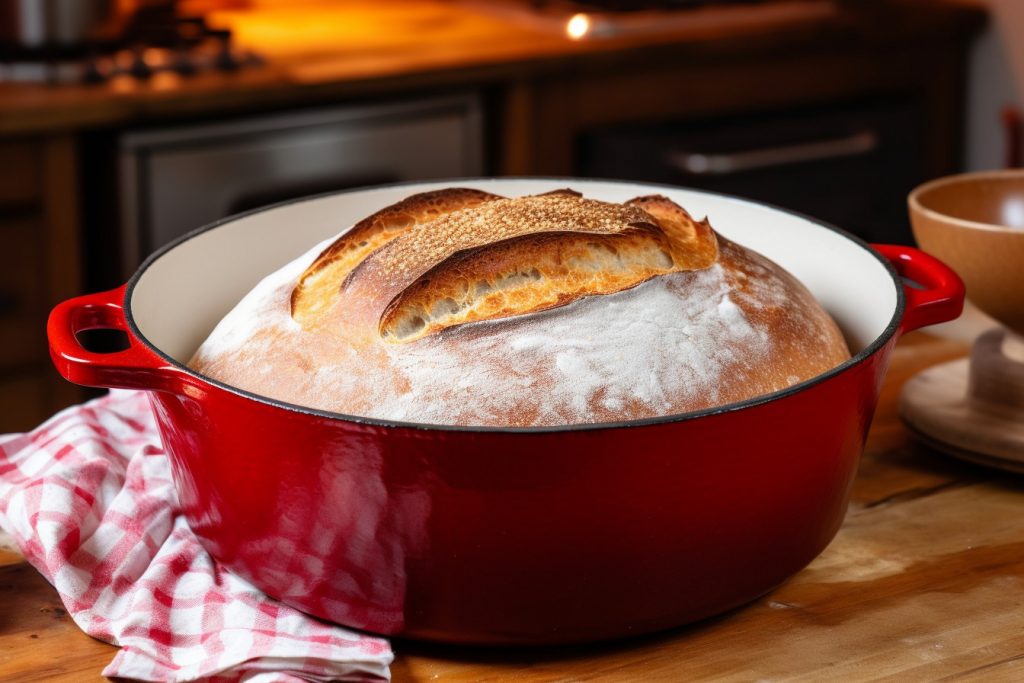
Many artisan bread recipes recommend using a Dutch oven because it mimics the conditions of a commercial bread oven. Professional bakers often use steam-injected ovens to achieve the perfect crust and crumb. While a home kitchen may not have the same equipment, a Dutch oven can replicate these conditions on a smaller scale.
Improved Oven Spring
The final burst of expansion that occurs when the dough is subjected to the oven’s high heat is referred to as oven spring.
The enclosed space of a Dutch oven enhances the oven spring by creating a microenvironment that supports yeast activity and the release of gases, resulting in a higher, more voluminous loaf.
Convenience and Simplicity
Using a Dutch oven simplifies the baking process. There’s no need to worry about transferring the dough to a hot stone or skillet, as the entire process occurs within the Dutch oven. This convenience makes it an attractive option for both experienced bakers and those new to sourdough.
Versatility
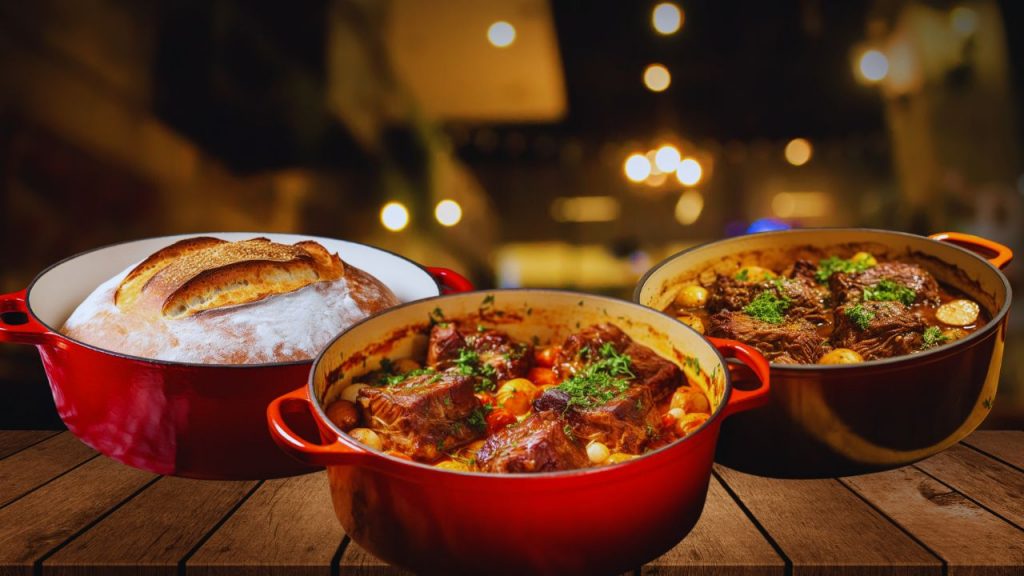
Beyond its use in baking bread, a Dutch oven is a versatile kitchen tool. It can be used for various cooking applications, from stews and soups to braises and roasts. This multi-functional aspect makes it a valuable investment for any home kitchen.
Conclusion
Baking sourdough without a Dutch oven is possible and quite simple with the right alternative methods.
Whether you choose a baking stone or a cast iron skillet, the key is to preheat your vessel, create steam for a crispy crust, and monitor the baking process carefully.
Experiment with these techniques and enjoy the satisfaction of baking delicious sourdough bread in your home kitchen.
Chef Bradley Thompson highly recommends to check his list of the best Dutch ovens.

